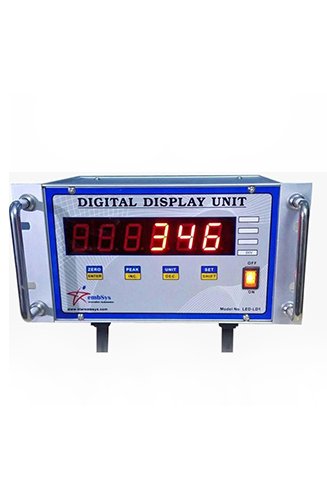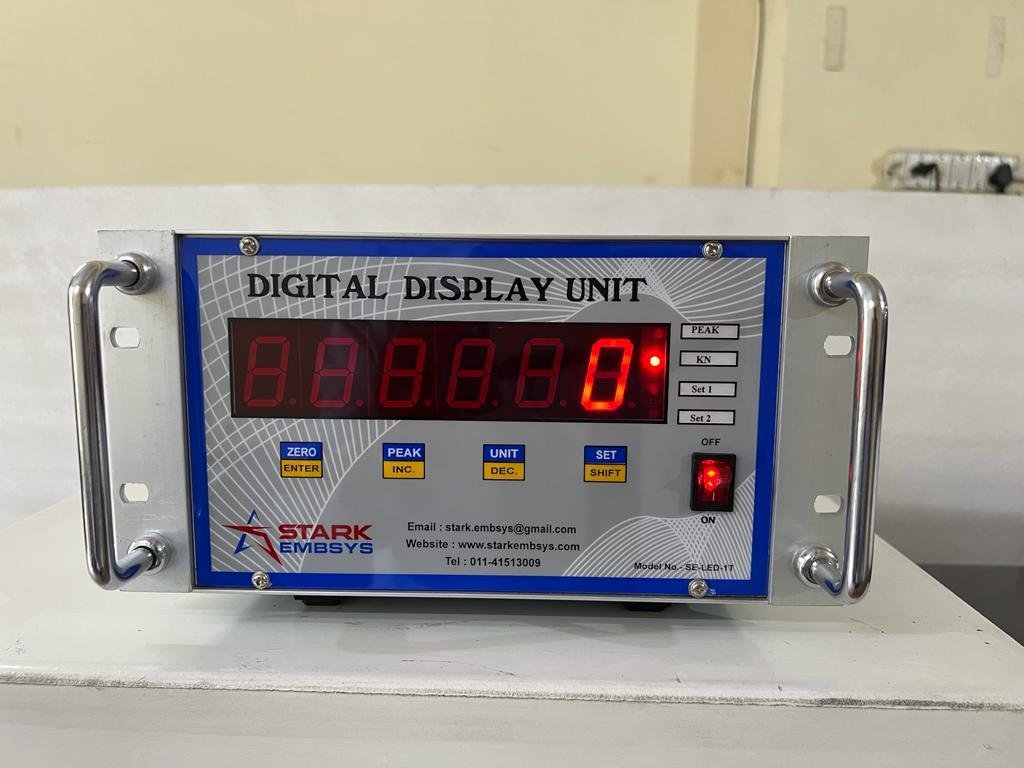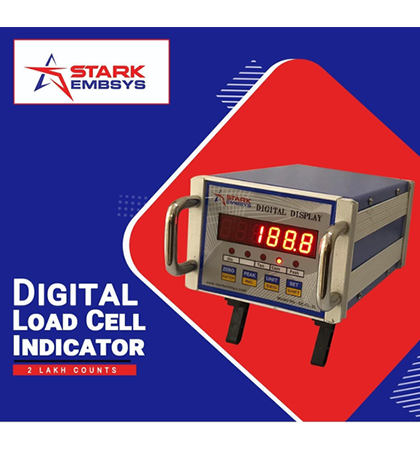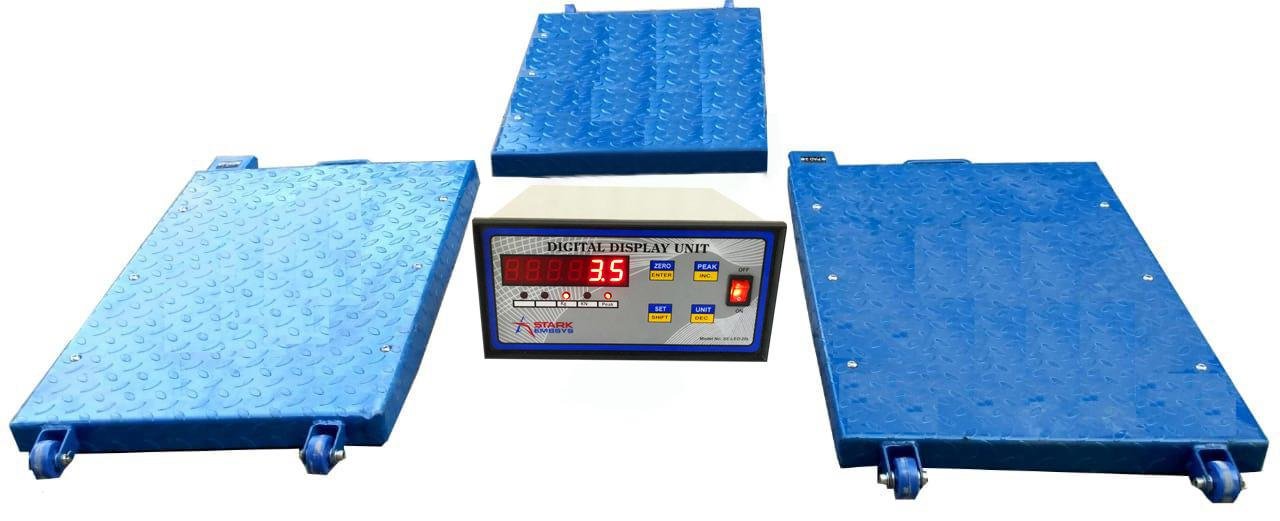Product Description
Test indicator
Before the introduction of modern geared dial mechanism, use of a single
lever or lever systems were used in test
indicators. The difference lied in the range and precision of these devices
which were not as good as the modern ones.
The typical range was 10/1000 inch to 30/1000 inch, and precision of 1/1000
inch. At the time, a common single lever
test indicator was the Starrett (No 64) and systems of lever were made by
Starrett (no 564) [2] and Lufkin (No 199A) [3]
and another company called Ideal Tool Co.
Digital indicator
The dial (clock face) such as in the clock has been ousted by
the digital display indicators like LCDs and the clockwork
has been replaced by linear encoders. Of course digital indicators have its
advantages and are hence more prominently
used. Recording and transmission of data electronically to a computer
through an interface (RS 232 or USB) is an easier
work. This enables Statistical Process Control (SPC), where a computer
tracks the measurement in a database table or a
spreadsheet to interpret the result through statistical analysis
Dial test indicator tips
Dial test indicators have tips that swing in an arc, whereas the previous
models had spherical tips that were plunging
linearly. As the tips moves through the arc, the point contact is made that
gives steady measurements. Consistent offset
distance from the ball surface to the center point, in spite of any ball
contact angle with the measured surface gives
consistent measurement result. The spherical diameters offered are available
in the standard size of 1mm, 2mm, and 3mm.
Specifications
| Model |
SE 101 |
| Brand |
Stark Embsys |
| Application |
Weights & Measures, Automation, Testing Machines, SPM's,
Calibration Systems |
| Display |
6 Digits, High Glow Red Display |
| Size |
96 mm x 192 mm x 160 mm |
| Counts |
Up to + 50,0,000 Stable Reading |
| Input Sensors |
Load Cell / Torque Transducer / Pressure Transducer / LVDT |
| Outputs |
2 Relay, 0 - 10 Volt (Optional), RS 232 (Optional) |




